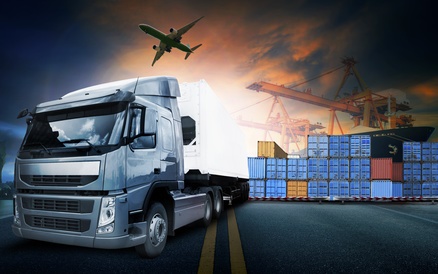
The Material Handling and Logistics Association has taken the lead in updating the roadmap for supply chain and logistics for 2025. I participated in a strategy session focused on thinking about what is coming in ten years, what disruptors are likely to exist and how we should prepare to succeed in 2025. Southern California is #1 in both manufacturing and logistics; thus, there is much to think about to stay ahead of the curve and think about how technology, workforce, and other factors will affect logistics in the future.
For example, we discussed the impact – or lack thereof – of the Panama Canal. Although it is certainly an alternative, it might not be as much of a threat of the change in the origin of manufacturing. As manufacturing moves away from China, could different routes make other ports more viable? The advantage Southern California has is the sheer size and capability of the ports – they can handle big ships (which many others cannot), there is deep water, the equipment and infrastructure at the ports is available, etc. However, there are grave concerns about the 710 freeway coming out of the Long Beach port. Traffic and congestion is a big concern. What is likely to change in the next ten years? Can we collaborate with government? Will autonomous vehicles be commonplace? How about increasing truck traffic at night? There are many considerations to ponder.
It is wise to stay on the leading edge of what is of such critical importance to manufacturers, distributors, logistics providers and the economy. Think about attending local trade association events such as APICS Inland Empire’s executive panel and networking symposium on “Navigating the Global Supply Chain”. Read trade journals. Talk with colleagues. Ask experts. And join us at the Material Handling and Logistics Roadmap 2025 unveiling at ProMat in April 2017.


